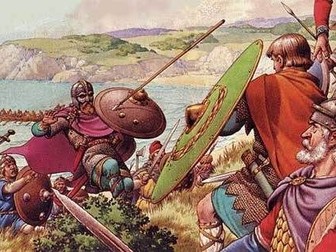WW2 TOP TRUMPS
<p>A great end of term game or an activity to give the children a flavour of just how much equipment and vehicles were used on all fronts during the Second World War. In this file, there are FIVE sets of Top Trumps.</p>
<ol>
<li>Infantry weapons ranging from pistols to the dreaded MG42, from hand grenades to flamethrowers.</li>
<li>Tanks ranging from the early British Matilda 1 through to the King Tiger and the Russian IS-3.</li>
<li>Artillery & Anti Tank Weapons ranging from the bazooka to railway artillery.</li>
<li>Aircraft featuring iconic aircraft such as the Spitfire and Stuka and even a Russian Flying Tank!</li>
<li>Naval Top Trumps will include cards like: midget submarines, U-boats, the Tirpitz and the huge Yamato!</li>
</ol>
<p>Fun for all ! Just print, cut out, laminate (not neccesary) and play!</p>







